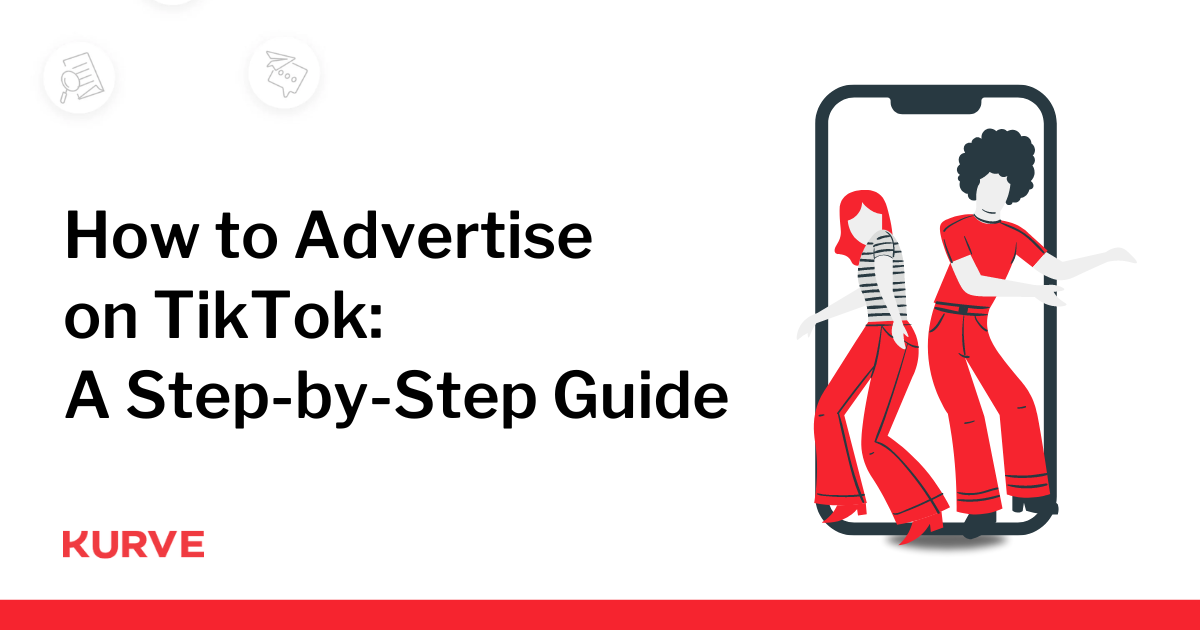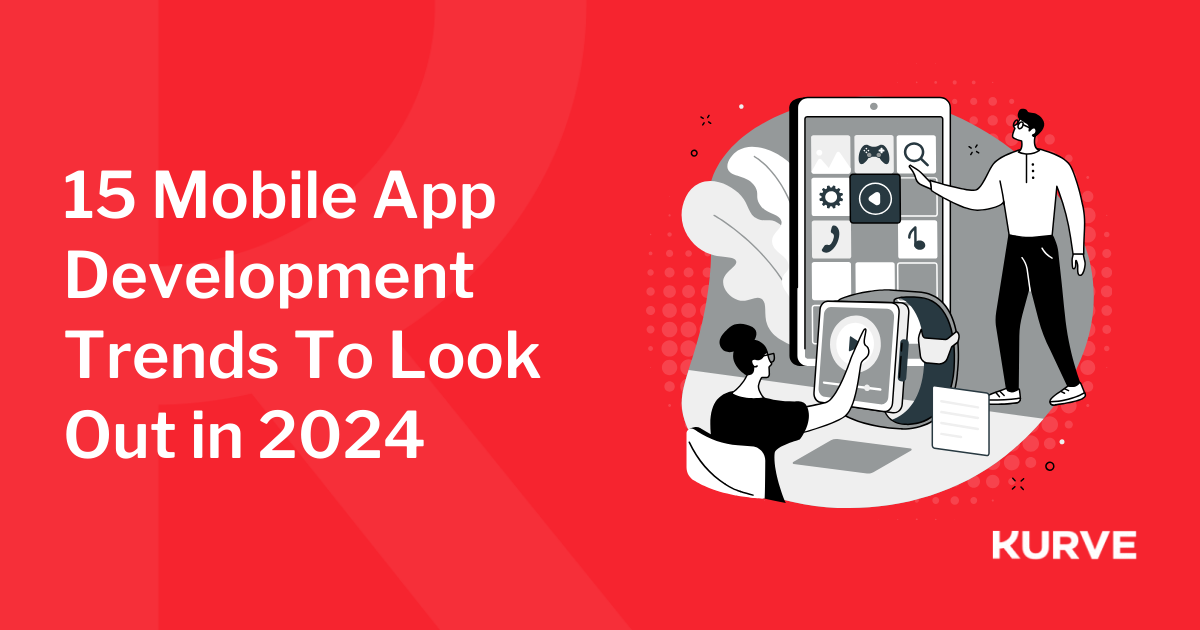9 Reasons Why Your Marketing Automation is Failing (And How to Avoid Them)
Marketing Automation is not a new thing. When done right, marketing automation can bring down costs significantly and turn even the worst converting marketing channels into one with positive ROI.
At its core, marketing automation means using software, technology and human judgement to nurture prospective customers and engage existing ones with personalised messaging, targeted content distribution and timely customer support.
However, the term “marketing automation” has become an ill-defined and misunderstood concept. Many marketers think it is a magic machine that just feeds on consumer data and pumps out miraculous results in the form of leads and sales.
Today, I'll run you through most common reasons why marketing automation fails, and how to fix them.
1. Robotic Messaging
Automation has given rise to communication that lacks a human touch and personalisation. Sure, automation techniques and tools allow you send out mass messages using templates and variables where you the tool conveniently swaps the variables with fields in a form or CSV file. This can go wrong in so many ways that it is difficult to list them all out.
Let's look at plain personalisation mistakes: Consider you are sending out emails to prospective influential bloggers to review your new travel app. You have to craft the email body carefully so that it makes sense to everyone. You thought it would increase your conversion rate if you talked a little bit about their last blog post. Hence, you plug in the RSS feeds of all these blogs, insert a variable that picks the title of the post, and then says, "I loved your article on <Title Here>", I completely agree with you.
What if the last post was about how frustrated the blogger was about blogging itself? Travel writing is a tough niche and it is natural that he might be venting out his emotions. You can imagine how that message is going to read!
There are two ways to automate - have a sturdy template design that can replicate human responses, or admit openly to using auto-responses. Automated robotic communication are more often than not ignored by people who are fast adapting to recognise and ignore telltale machine language.
2. Blind emails
Many automation experts look at loose proxies to make big assumptions. Just because someone follows Lady Gaga, does not mean he or she is interested in current pop culture; they might be following her for, say, her hairstyles. Sending emails that push pop culture news to such a person is a precursor to automation failure.
Lack of context, insufficient data for the system to process, and too little granular detail are the most common hindrances to correct communications with prospects. Marketers end up not putting enough effort into data collection, ending up with brand-harming, non-ROI generating correspondences.
Ensure you have all the context and data-points before you start sending those automated messages. Also, always do a sanity check on all the variables in your database.
3. Driverless Automation System
An infographic by Online Marketing Institute (OMI) shows that there is a whopping 24% talent gap when it comes to finding the right people to do your marketing automation. If you thought hiring professionals beats the whole purpose of "automation", think again. Even AI needs programmers (yes, even Skynet has programmers, even though the programmers themselves are AI. Well, we are not there yet).
Not having someone who has an eye for small details, knows how to use complex automation systems or who understands the basics of human conversations, you will find yourself at riding a system with no brains.
This is easier said than done. Marketing Automation is not an exact science. There are no degrees for it. So, how do you find the right person? Develop proxies: Ask yourself, what would the traits of the right person? Someone with decent experience handling customers directly would be good starting point. He or she understands how natural language works. Next, test! Ask the candidate to run a few sample campaigns on dummy data. Use "black box testing" - it is a term in Software Development where you throw in all sorts of random data and intentionally inserted errors to see how the system performs.
4. Invading personal space
While it is a good thing to get personal in your communications, don't overdo it. 83% of U.S. consumers consider unacknowledged information collection as an intrusion of privacy. Premature familiarity is something to watch out for. It is better not to become too familiar with someone before they are ready to share information. Be aware of what you are personalising and the kind of risks around that.
For example, say you sell a baby monitoring app. You have mined Twitter for everyone using the hashtag "#parenting" in the las 6 months. You have done your homework and have further searched for words that indicate the Twitter is a new parent. Just to be sure, you have applied filters to show only Tweets with pictures in them and scanned them through to make sure they are all photos of infants...
You see where this is going? It is creepy enough doing it, nevermind you sending tweets to these folks and saying things like,
"Hi, Jane! Congratulations on being a new mother. David looks so cute...".
5. "Almost" names and wrong addressing
Using “almost" names is one of the worst mistakes. For example, "Steven" instead of "Stephen", or "Peggy" for "Margaret". It is just plain bad to get a name wrong, and may even be insulting towards certain ethnicities. An "almost" name error might seem insignificant, but if your database is, say, 100,000 strong, the chances of spelling mistakes are huge.
It is not just about "almost" names, there are cases of wrong addressing due to mistakes in templating. Consider this; you have a database full of names that splits the data into first and last names. Your automation tech picks the first name from the column and inserts it after a "Hi, " in the opening line of your email.
What if the person uses a salutation? Your database will have the first name as a Mr. or something similar. What if in some instances the first name field is blank? You have to ensure that you have fallback keywords like "there". In some cases, where the channel of conversation is informal like Twitter or Snapchat, it is possible that the person even uses a word that has nothing to do with his name, like "Awesome Jane".
If you do not have effective error-handling in place, this is what your communication might look like:
Hi, = you forgot to have a fallback variable like "there".
Hi, Globe = where the name was "Globe Trotting Jackson."
Hi, Mr = where the name had a salutation.
6. Wrong personas and superficial personalisation
Imagine sending our holiday emails during Christmas. Your natural instinct would be to start or end with a "Merry Christmas!" greeting. This can well be a huge wedge between you and those of your audience who do not celebrate Christmas.
Another example is industry-focused personalization. Imagine you'd like to target those in the banking services industry. Your automated email, says, “Hi, we noticed you are in the banking industry." Now, if the intended person were working in, say, a credit union, what you have done is essentially missed the mark completely.
Automation often fails because of poor judgement of personas. Marketers need to personalise their communications in the way their audience sees the world, and not the way they do.
7. Misaligned delivery
A pitch aligned with the wrong stage of the funnel is doomed. Recognise your audience's mind-stage. If someone is just starting to learn about a company, then the marketing message sent to them should be about "awareness". Pushing out a sales focussed message will generate stronger impact among audiences that are ready to convert.
You want to send messages to someone in the awareness stage with more information. A good example is this: If someone has read your blog post on "SEO hacks", you should send him a message asking him to check out your ebook on conversion rate optimisations. Not asking him 30 minutes of his time talking about how you can help him grow his business using search engine marketing.
8. Cluttered communications
With great power comes great responsibility. Learn how to reign in your powers. It will be incredibly tempting to fill your entire newsletter with tonnes of calls to action based on user behaviour.
Let's take an eCommerce example. A user who dropped off after viewing 10 products and reading the reviews on 5, he or she would have triggered a gazillion events in your tracking system. Instead of cluttering your message with a large number of product thumbnails and promises of 10% off on each product, focus on the next buyer stage. What if you sent the user a digest of the latest reviews on the product he or she added to the wishlist?
You immediately come across as a transparent brand who is trying to help the user with her buying decision, not forcing her to make a purchase immediately.
Marketers invest in complex newsletter templates and cram a lot of information into them. What happens, however, is that the actual value proposition gets lost in the jumble. There’s just so much text to read and information to digest that audiences prefer to move on and forget about your message.
9. Ill-planning
Marketing automation is a beast that devours content. And if you do not feed it, it will die. Many marketers purchase a Marketing Automation Platform (MAP) before they have a solid content marketing plan in place.
This is a major folly as all the flexibility and power offered by MAPs' campaign functions become useless without their content fodder. A robust content creation funnel is the fuel needed to keep running the engine.
Keep your content creation plans in sync with your buyer personas and buying journeys, keep them topped up and distribute them intelligently depending who is at what stage of the buying journey.
Make sure you spend quality time on the whiteboard defining your consumer personas before you start designing multi-step nurture campaigns on your MAPs.
Chalk out a plan to have meaningful and engaging content for your audience. Do not skimp on bringing in consultants or agencies to help develop content for you. Remember, the value of the content is what defines the worth of any Marketing Automation Platform's programs.


